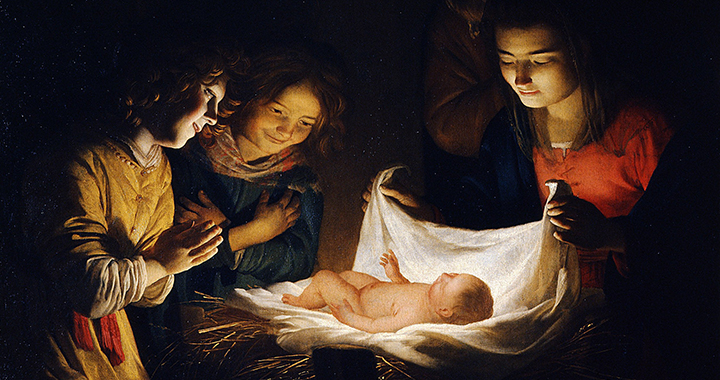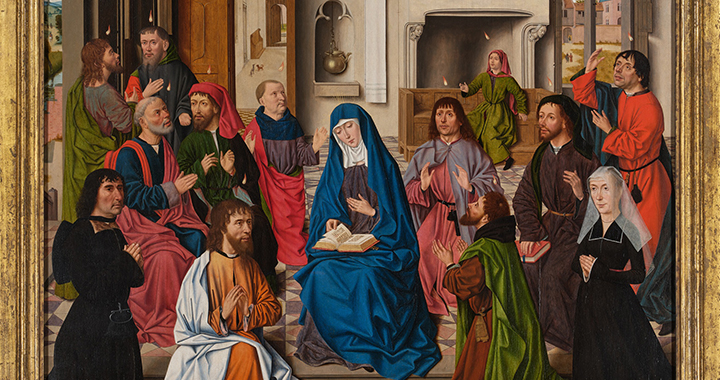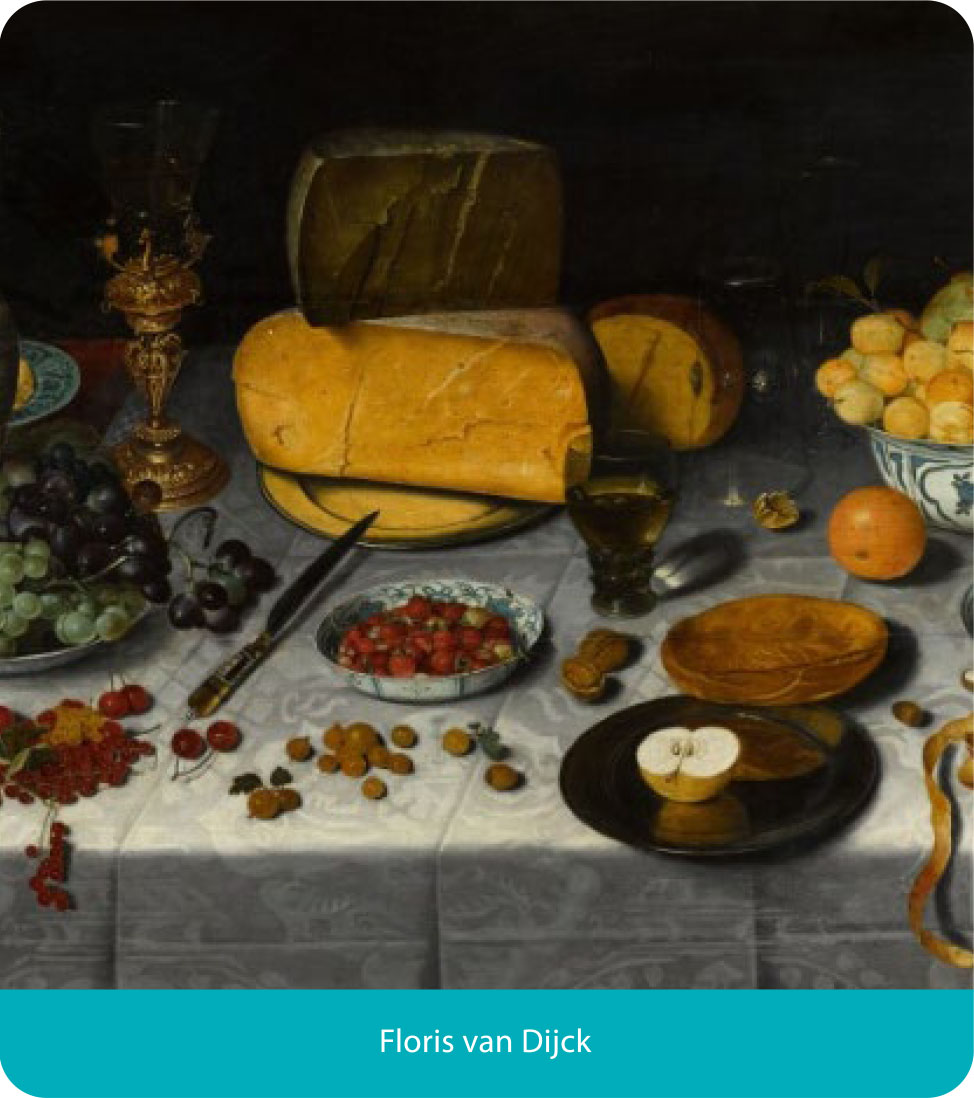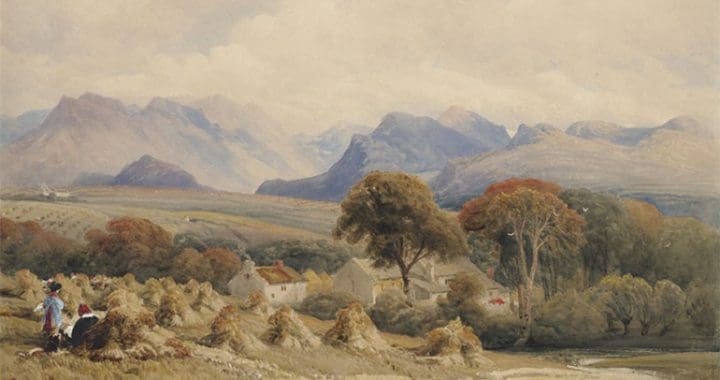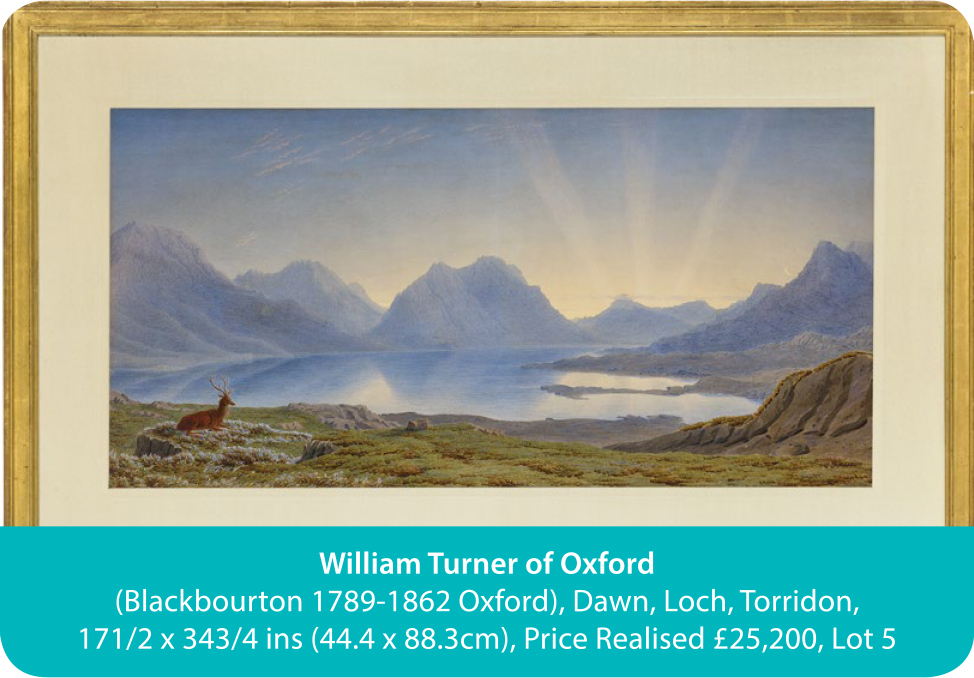This famous painting, ‘The last version of the Light of the World’, nearly life size, hangs in St Paul’s Cathedral, where it is admired by thousands of visitors every year. Sales of postcards and bookmarks of it also run to thousands annually. Very few people, however, will know of its peregrinations before it arrived in St Paul’s.
The painting was commissioned by Charles Booth, a rich ship owner and friend of the Hunts in 1903, by which time Holman Hunt was virtually blind, a combination of glaucoma and working in that minute painstaking Pre-Raphaelite way had taken its toll. So most of the painting was done by E R Hughes under Holman Hunt’s instruction, but this fact was not made public and Hunt took all the credit. When the painting was finished, it was decided that it should go on exhibition to the Christian parts of the Empire.
After a brief exhibition at the Fine Art Society in the Spring of 1904, ‘The last version of the Light of the World’ and its vast frame, together they weighed just under a ton, were crated up and sent to Glasgow. They set sail for Halifax, Nova Scotia in February 1905. In Halifax, where frame and canvas were reunited, it was exhibited in the York Theatre Assembly Rooms. Booth had already employed two men to accompany it and a third was hired here with the sole task of removing it from its frame in under three minutes in case of fire. Percy Fennell, one of its custodians, gave lectures about its symbolism during day and took up station in a hammock beside it at night, with a loaded revolver at the ready. From Halifax the painting went by train to Montreal, Toronto and Winnipeg. It reached Vancouver in September.
From Canada, it travelled to Australia. In Sydney it was seen by 25,000 visitors a day. People thought they had seen Jesus. They prayed in front of the painting, fainted and had profound religious experiences. The crowds in Sydney were pushing through turnstiles at the rate of one person every 2.99 seconds, ‘ladies had their hats crushed, sashes torn and blouses deranged’, to quote a local journalist and the Police struggled to keep order.

“The Light of the World” visited Adelaide, Broken Hill, Melbourne and Sydney and then arrived in Auckland, New Zealand on the morning of Easter Day, April 15th, 1906. After Auckland, it spent a day in New Plymouth and then went by train to Wanganui (I once sold to the National Gallery of New Zealand some drawings made by a Scots doctor of his house and garden which was the first building in what became Wanganui. I hadn’t a clue about the importance of what I was selling and completely under-sold them. I’m happy they found their way home, however!)
In Palmerston North it was displayed in the Opera House, where 15,000 people came to see it. Then on it went to Napier, Wellington, Christchurch and finally Invercargill. After a terrifyingly stormy crossing of the Tasman Sea it arrived in Hobart. Artificial lighting in Hobart was a problem, but the Tasmanian Woolgrower’s Association had a vast and well-lit warehouse, which they offered as a venue. “The Light of the World” was exhibited there, propped up on sacks of wheat, surrounded by bales of wool and seen by over 11,000 visitors in the first two days.
It made a return trip to Adelaide. The Director of the Museum there wrote a letter to Booth thanking him for the loan and telling him that 104,000 people had seen it in eight days. After exhibitions in Brisbane and Rockhampton, it set sail for Capetown and was shown there. It was also exhibited in Durban, Pietermaritsburg and Johannesburg, where, just as in Australasia, it drew vast crowds, 25,000 in Johannesburg alone.
By the time it returned home in 1907 after two years abroad, it had been seen by more than seven million people. It is extraordinary to reflect on what an impact this old fashioned, latter-day Pre-Raphaelite painting made on Britons and their empire when one considers that Fauvism was raging in France at the same time and Impressionism was dead.
But what of the model for Jesus, then one of the most recognisable images on the planet. He was called Domenico Mancini (b.1873) and he was a handsome, athletic lad who stood over six feet tall. He and six or seven siblings left Picinisco, the highest village in the Abruzzi mountains in central Italy and settled in Hammersmith in the late 1880s. They became barrow boys, often defending their pitches with their fists. Domenico’s nephew, Alf, in fact, became a professional boxer and had a career of 148 fights, between 1920 and 1931, starting as a featherweight and ending up a middleweight. The Golden Gloves pub in Fulham Palace Road, owned by the Mancini family, was a famous local landmark, when I first arrived in London.
It was in 1889 that the good-looking Domenico was first approached by Sir William Blake Richmond to model for him. Richmond had settled in Hammersmith after his second marriage and was an Italian speaker, having worked for some years with Nino Costa and the Etruscan school. He was also an old friend of Holman Hunt and may well have introduced the two.
It wasn’t long before Domenico suggested to his brothers that they, too, could make a decent living as models, posing in the studio in the winter and keeping costermongering for the summer months.
In the end, Domenico gave up the street life and became a professional model for the rest of his days. Amongst others, he posed for Alma Tadema, Sargent, Frank Brangwyn and Sir Jacob Epstein. He is the boy riding the horse in G F Watts’s magnificent sculpture “Physical Energy” in Kensington Gardens. He wore Edward VII’s robes for a state portrait of the King. Whilst posing for this, they had to slice the King’s patent pumps to accommodate Domenico’s bunions! Getting models to pose for portraits, notably full-length ones, is a tradition going back centuries. Grandees, and especially monarchs, have better things to do than stand for hours in heavy clothing. John Evelyn described going into Van Dycks studio and seeing, propped up against the wall, countless eight foot canvases of men in armour. This work was carried out by assistants. The portraits had no hands and their faces were blank ovals waiting for the great man to paint the important bits from life.
Last, but by no means least, his legs were used by Alfred Drury for his sculpture of Sir Joshua Reynolds, completed in 1931 and now in the courtyard of the Royal Academy, most of us will have seen them. Domenico Mancini died in 1958, the year I went to prep school.
NB
This article was only made possible by the brilliant, scholarly research done on the painting by Jeremy Maas, an old friend of mine and father of Rupert, who entertained our Wednesday Club in his gallery in the Summer. Jeremy published a 240 page book on this one painting in 1984. I dedicate the article to his memory.









